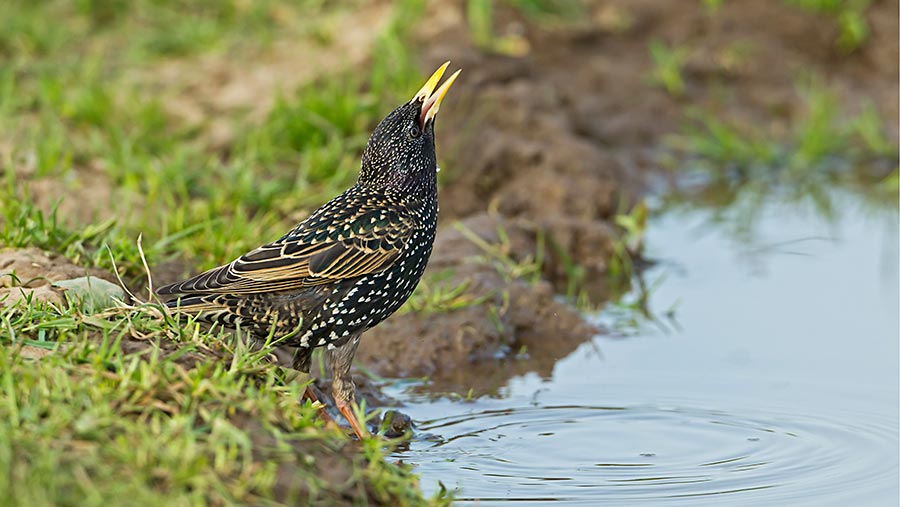Poll: Big farmland bird count – are you taking part?
 © FLPA/REX/Shutterstock
© FLPA/REX/Shutterstock NFU president Minette Batters will join hundreds of farmers across the UK taking part in this year’s Big Farmland Bird Count.
Ms Batters will be joined by biodiversity adviser Peter Thompson, from the Game & Wildlife Conservation Trust (GWCT), in bird-spotting on her Wiltshire farm for the first day of the count (8 February).
NFU will sponsor 2019 Big Farmland Bird Count. President Minette Batters will carry out a bird count on her Wiltshire farm on 8th February. @Gameandwildlife @NFUtweets #BFBC19 #farmlandbirds
— Farmers Weekly (@FarmersWeekly) December 11, 2018
They will spend 30 minutes using binoculars to spot and record the “little brown jobs” they see, which will later be submitted online.
See also: Quiz: Can you spot six common farmland birds?
Last year saw a record-breaking 1,000 people take part in the count, recording 121 species across 384,000ha.
A total of 25 red-listed species were recorded, with five appearing in the 25 most commonly seen species list. These include fieldfares, starlings, house sparrows, song thrushes and yellowhammers.
The most plentiful of these were fieldfares and starlings, which were seen on nearly 40% of the farms taking part.
Count the birds
But the organisers at GWCT are hoping that more farmers, land managers and gamekeepers will do the count this year, between 8 and 17 February.
Mr Thompson said: “Many, many farmers do lots on their farms to encourage wildlife, but when I give talks to the public, they always seem most surprised that this is the case.
“The Big Farmland Bird Count gives individual farmers the chance to spend just half an hour counting birds on their farm, so that the GWCT can shout from the rooftops about your results.”
At the end of the count, the results will be analysed by the trust. All participants will receive a report on the national results once they have been collated.
Apart from the NFU being the main sponsor, the count is also being supported by the Farming & Wildlife Advisory Group (FWAG), Linking Environment and Farming (LEAF), Kings, Perdix and the CLA.
Three simple steps to take part in the Big Farmland Bird Count
- Download your count sheet at the newly launched BFBC website
- Count your birds. On a day between 8 and 17 February, spend about 30 minutes recording the species and number of birds seen on one particular area of the farm.
- Once you’ve completed your count, simply submit your results on the website
